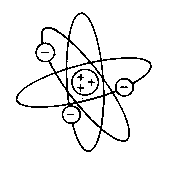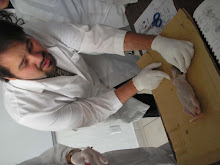Today we saw the topic “Chemical Balancing". Chemical Balancing is a way to balance an equation, and there are 3 methods but today we saw the Trial and error method also known as Inspection method.
We can ask first of all why we need to do it, well we need to follow the rule “matter can’t be created nor destroyed just transformed”.
To make a chemical balance first you need an equation:
Na + Cl → NaCl (It’s not balanced)
Then you need to write the amount of molecules of each element:
Na + Cl2 → NaCl
Na 1 Na 1
Cl 2 Cl 1
If you notice, the amount of Chlorine is not the same and we need to apply the rule of “matter can’t be created nor destroyed just transformed”. So we need to aggregate numbers to balance the equation:
Na + Cl2 → 2NaCl
Na 1 Na 2
Cl 2 Cl 2
Now we balanced Chlorine but now Sodium is not balanced, so we need to aggregate another number:
2Na + Cl2 → 2NaCl
Na 2 Na 2
Cl 2 Cl 2
Now the equation is balanced with the same amount of molecules before and after the arrow.
Michelle Torrero











 and always comes in groups of 3.
and always comes in groups of 3.








